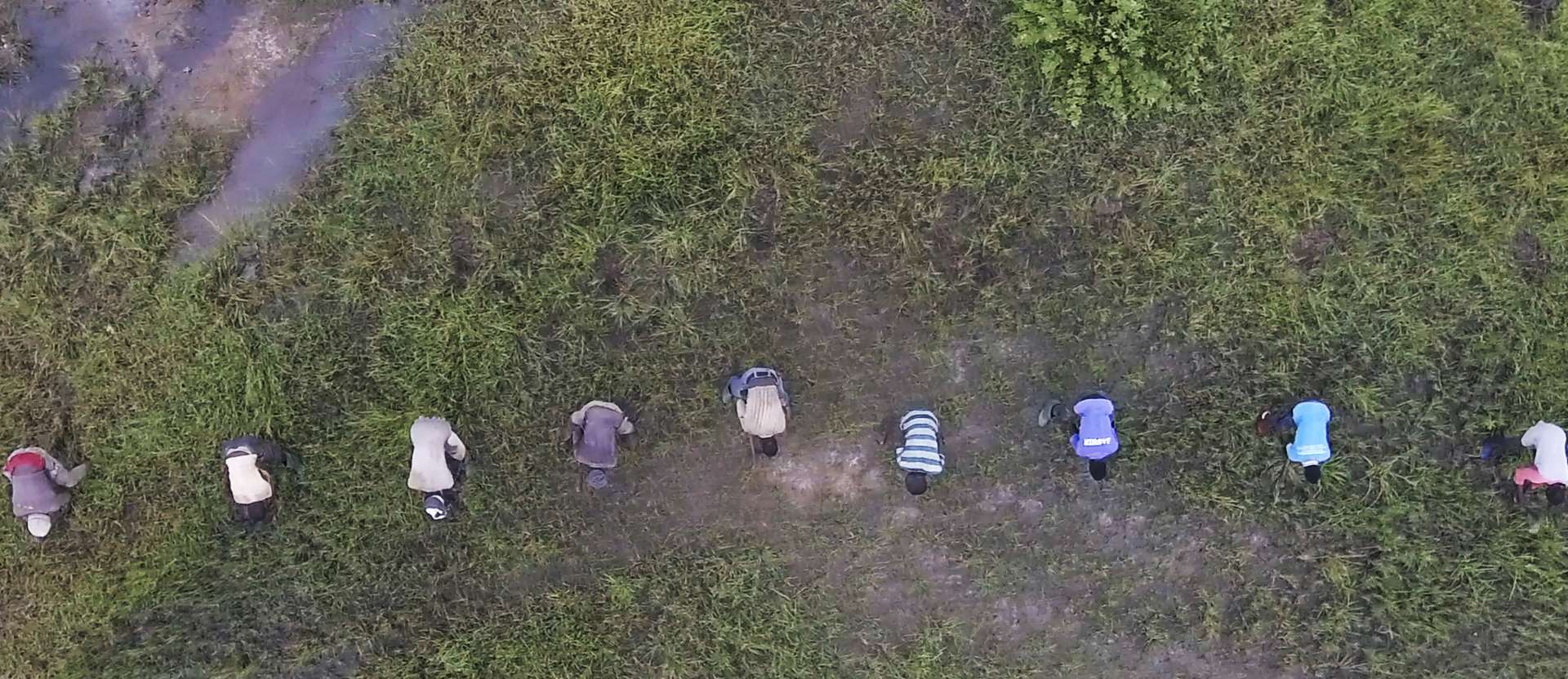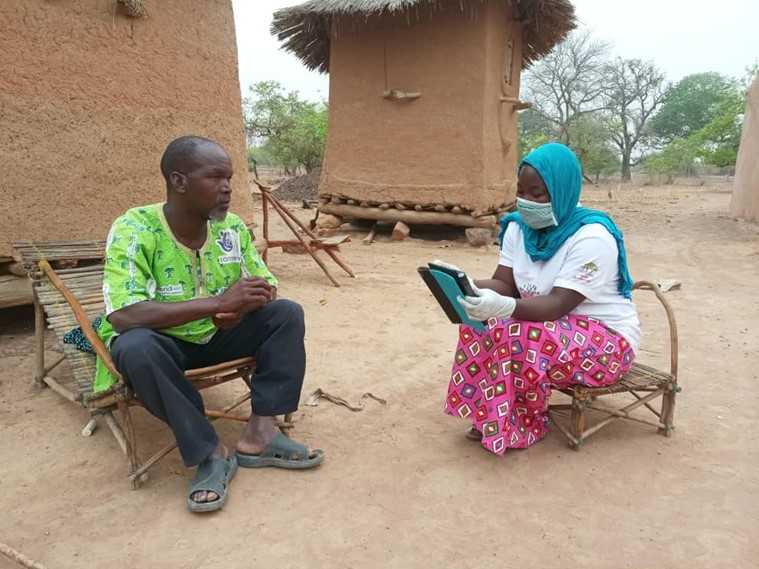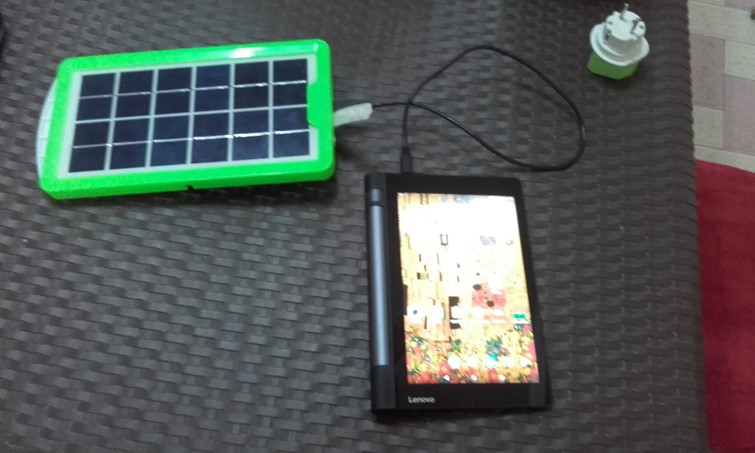
Tech for trees
Using technology to maximise our impact 13th January 2020To ensure that we are always delivering long-term change for the people we work for, we need to be able to gather detailed evidence of the impact of our work. Technology is an essential part of our monitoring work, helping us to compile meaningful data to support our projects.
Just one of the ways in which we measure our impact is through a custom digital survey approach known as RHoMIS (Rural Household Multi Indicator Survey).
What is RHoMIS?
In simple terms, RHoMIS (Rural Household Multi Indicator Survey) is a digital questionnaire and monitoring system It asks the people we work for about their household incomes, livelihoods, diets and decision-making power, and how this has changed with the help of our projects.
While there may be many different ways to acquire this sort of information, RHoMIS provides a consistent and comparable set of questions that meets internationally-recognised standards of data collection and analysis.
It is designed with rural households in mind and helps to reduce the cost and time burdens associated with data collection, making it a great choice for Tree Aid’s monitoring and evaluation team.

How does Tree Aid use this tech?
Equipped with computer tablets and training on how to carry out the surveys, Tree Aid’s in-country teams visit communities we are working with to put this tool into action.
In order to understand the impact of our projects on its beneficiaries, they carry out participant surveys at the beginning and end of each project. The surveys focus on key project indicators such as household income, fuel-wood usage, dietary diversity, use of trees and forests, natural resource management techniques and women’s decision-making powers.
Why is it so important?
At Tree Aid, we pride ourselves on always learning, reviewing and adapting our work to maximise our impact – and RHoMIS helps us to do just that.
By regularly checking in against our impact targets through discussions with the project participants, we can better understand how they are benefitting from the project and what challenges they are facing – therefore helping us to adapt where necessary to improve our results.

As well as helping us assess the impact of our work with our project participants, the data collected also contributes to a to further global understanding of international development practices.
What impact has Tree Aid demonstrated through RHoMIS?
Since adopting the RHoMIS approach, our project staff have been working to put this tool into action – increasing our data collection and analysis efficiency.
In Burkina Faso, we have collected results from people supported by our projects which shows that their income from non-timber forest products, such as baobab powder and shea butter, increased from an average of $18 to $39 per year*.
Tree Aid provided them with the tools and training so they are able to earn a higher and more sustainable income from tree products. What’s more, thanks to additional training on reducing land degradation, our project participants also increased their income from farming.
*Source: 2,355 households in Burkina Faso from 2017-2019.
Project participants in Ghana are doubling the contribution of non-timber forest products in their household income, from 9% to 15% over a 12 month period*. This also corresponds with a drop in the proportion of income from “off-farm” sources (for example, income generated from working away on other people’s farms) – showing that Tree Aid projects are reducing people’s need to work away from home.
*Source: 889 Households in Ghana from 2017-2019.
Adopting the RHoMIS approach has provided us with invaluable insights into the lives of the people we work for – allowing us to learn, review and adapt our work to ensure we are working with them in the best ways possible.



